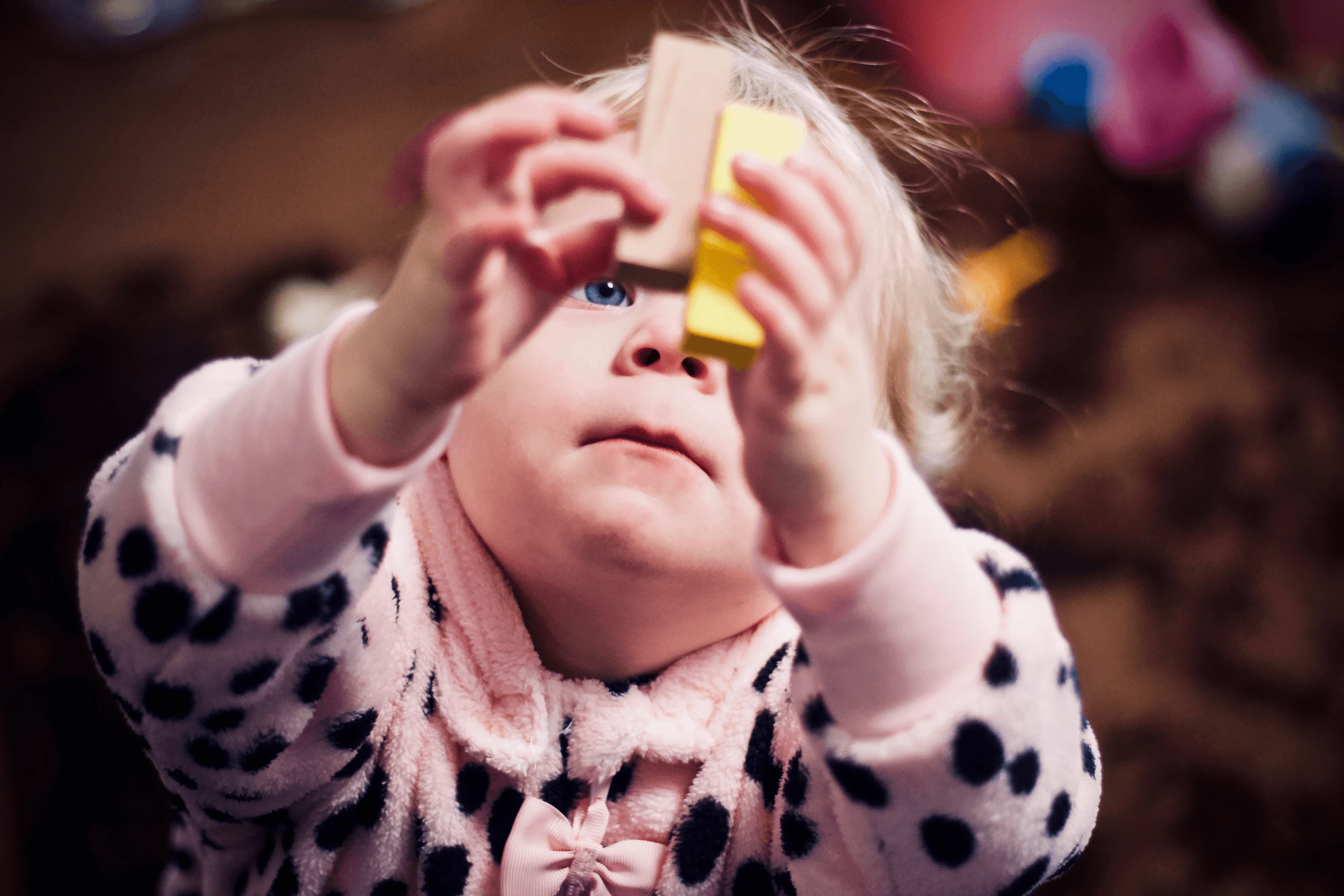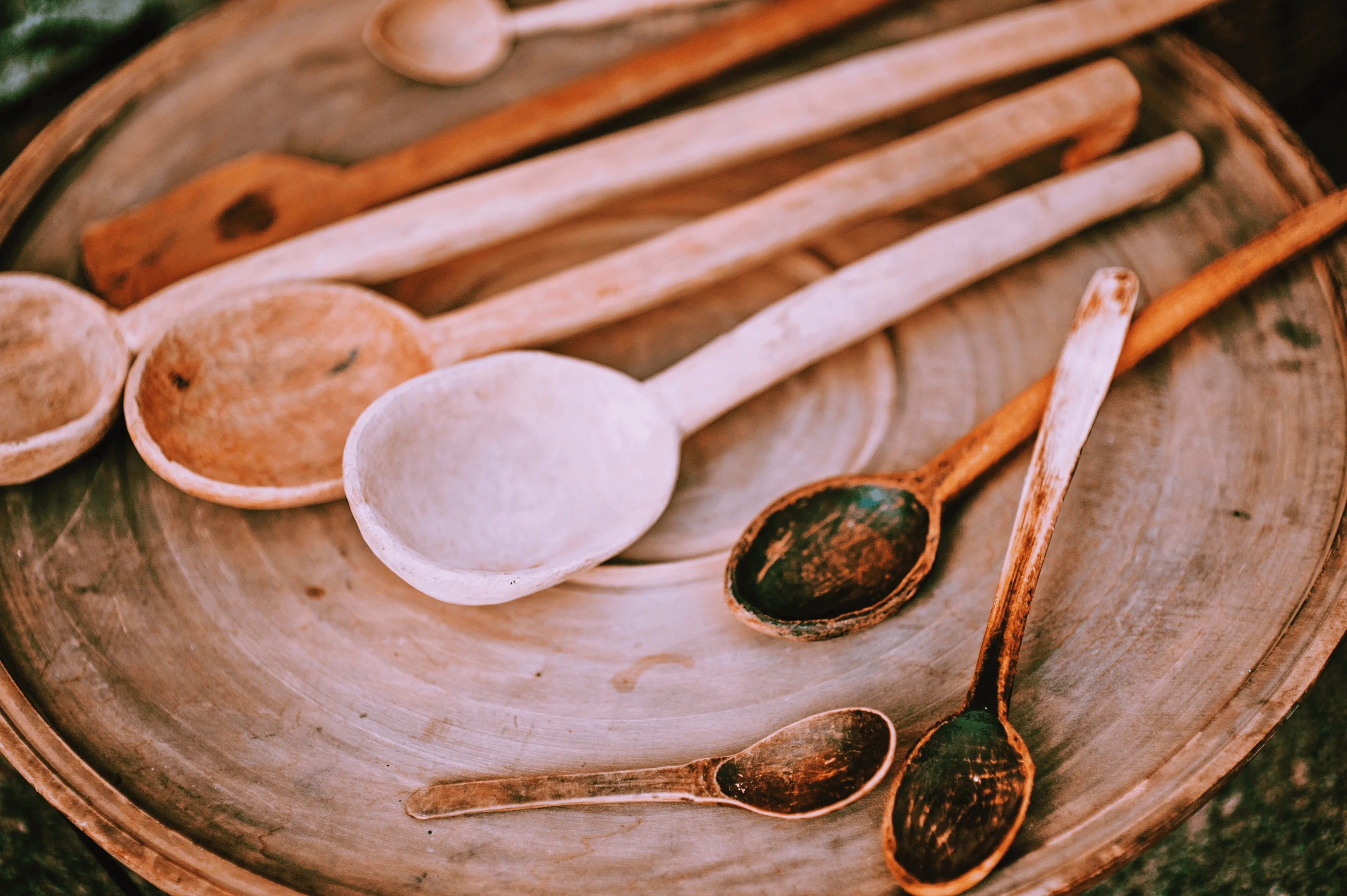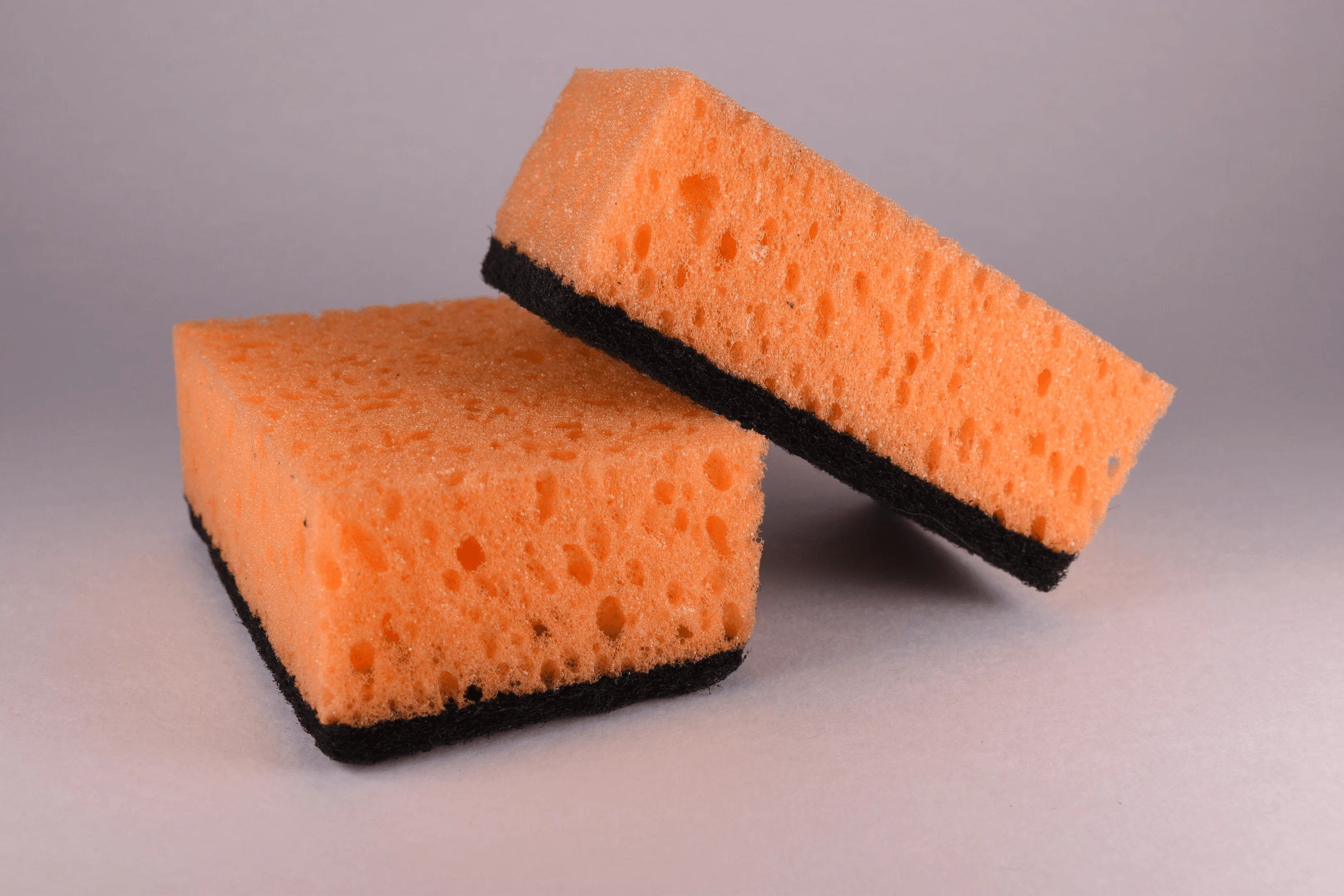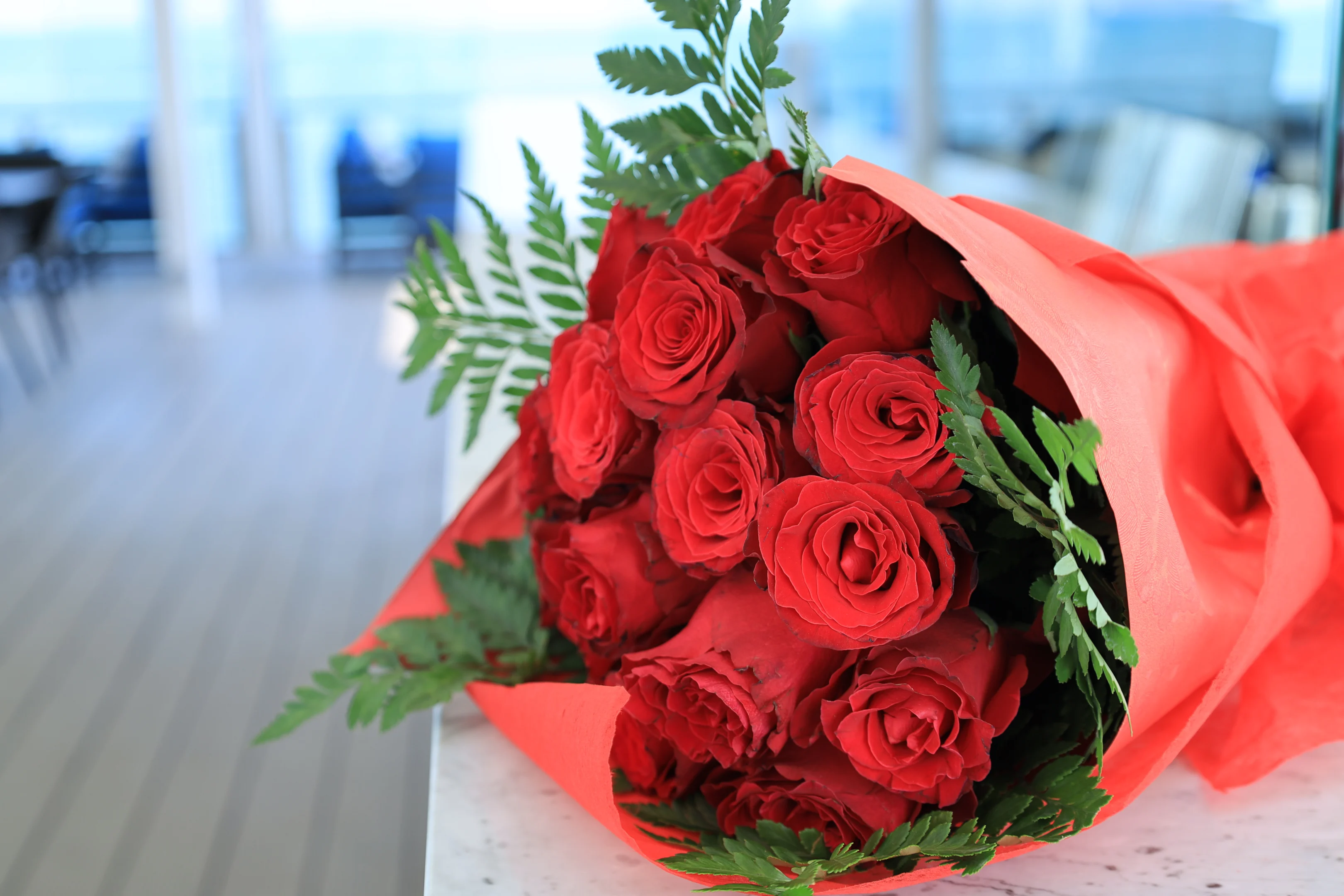
Why is Heuristic Play Important?
When I was a little girl, my grandmother sometimes used to care for me. She didn’t have a great deal of money and she certainly couldn’t afford expensive toys, but what she did have was a very resourceful nature and an innate understanding of what all children need to learn and develop. She was brought up in a crofter’s cottage in rural Scotland at a time before plastic had been invented and toys were only for the very wealthy, but she instinctively knew the secret of how to engage and motivate children.
What Was Her Secret?
She knew that young children need adults who listen to them, sit alongside them and join them in a playful way. She understood that children learn by using all their senses. She knew the magic of heuristic play before the term had even been coined. She used natural materials, and random everyday objects that had different textures, smells, sounds, and even tastes.
She understood that children want to do the same things that adults do. We are their first role models. So she gave us interesting items that she found around her home so that we could copy her–real-world objects and authentic resources that captured our attention.
Can I Provide Heuristic Play?
My grandmother’s house was the place I loved most as a child. There were no plastic pre-cast molded toys there. Instead, she would give us authentic and rather random items like pots, pans, paper, string, jelly molds, curtain rings and lavender bags. As a result, we would use our imaginations in a way that we never could with a toy that had already been pre-cast. This was so much more exciting and the beauty of it is, anyone can do the same.
Where Should I Start?
Children are naturally curious about the world around them and have a desire to explore resources but it’s important to say that the key to all of the resources below is you!
Sit alongside your child and discover which items they are naturally drawn to. Try not to ask your child lots of questions but instead, talk about each item as they explore them.
Where Can I Get Heuristic Resources From?
Look around your house and you will soon see that you don’t have to spend a lot of money to provide heuristic play. Most homes will have many of the items in the activities below. Charity or thrift shops, car boot sales or pound shops are also great for collecting items at a reasonable price.
You don’t need to use everything listed. Start with one idea and see how it goes. But beware – hunting for heuristic resources can be addictive once you start to realize how well it works!
If you would like to know more about this approach, try exploring this website.
Here are a few ideas I have used; some of them inspired by my own grandmother. Begin with these heuristic objects and see where they take you.
1. Pots and Pans

Delve into your kitchen cupboards and find a selection of pots, pans, frying pans, saucepans with lids, colanders, sieves, a pressure cooker, and even a wok if you have one. Set them out, upside down on the floor and provide a couple of wooden spoon drumsticks and cymbal pan lids. Now simply let your child explore and play freely.
Cast iron, copper and aluminium pans will all have different weights and textures and are great for little hands to explore, lift and touch. Babies and young children may want to mouth the resources and as long as they are clean, that’s fine.
2. Music Maker
Talk about the noises the pans can make using words like:
tap
boom
crash
bang
rap
noisy
loud
quiet
Let them explore the different sounds that come from the pots and pans as they play. This activity is early science skills in action, as your child is beginning to explore the properties of the different materials. It’s also great for language development and early music-making skills.
Tip: Remember to follow your child’s lead. They may want to bang the “drums” and enjoy the noises the pots and pans make. They may prefer to sit and feel the cool textures of the items. They may want to turn the pans over and fill them up with smaller items, or they may be at the stage where they want to pretend they are cooking and stirring. All of this is fine and can lead to lots of conversations including full and empty, favorite foods or cooking ingredients.
3. Spoons

Still taking inspiration from the kitchen, spoons are very inviting to babies and young children so this is a lovely idea to start a heuristic resource basket. Try to collect as many different types of spoons as you can and set them out in a special box or treasure basket. Charity shops are a good place to find unusual items that can provide high interest. Look out for:
wooden spoons
teaspoons
tablespoons
porcelain measuring spoons
slotted spoons
wooden carved love spoons
fish slices
spatulas
large ladles
small silver teaspoons
plastic baby spoons in a variety of shapes and colors
tiny dolls cutlery
Babies and young children love to look at their reflection in a spoon and if you turn the spoon over, the reflection becomes inverted. This can be both fascinating and funny! Allow your child to explore the spoons through touch and mouthing.
You can add empty containers to the spoon collection for them to stir and they can pretend to feed themselves. If they like doing this, consider adding small amounts of food to taste like pureed fruit or mashed banana.
4. Things that Roll
Look around your home for anything that is sphere, cone or cylinder-shaped. It’s surprising how many things you can find to prepare for this activity. In my home, I found the items below, but if you have other interesting objects, feel free to swap them out:
rolling pins of various sizes
tins
cans
egg timer (sand timer)
empty cylindrical washing-up bottles
empty plastic bottles
an orange
corks
lemon
A ball of play dough (or pastry)
plastic beaker
circular pastry cutters
Aim to add at least one item that doesn’t roll for comparison, e.g a wooden chopping block. As in the activities above, follow your child’s lead as they explore these everyday objects. Depending on what they seem interested in, you can talk about:
push and pull
roll and stop
heavy and light
fast and slow
This heuristic play activity develops early science concepts of exploring different materials, and early maths skills in exploring the properties of shapes. But so much more will be going on as your child learns the names of lots of new objects. They will also be learning how to manipulate objects with their hands and will be using all of their senses to explore.
5. Fruit and Vegetable Basket

You will need a wide wicker basket ideally, with a large selection of fruits. Set the basket on the floor and allow your child to sit and explore all the fruits using their hands and mouth. Remember to give the items a wash before you start. I like to use:
apples
oranges
a lemon
a banana
an avocado
a pear
a carrot
a parsnip
a potato
some sugar snap peas
celery
a pumpkin
You can change the basket contents according to what is in season or what is available to you but aim for some bright color and variety to make the basket enticing. Encourage your child to look at and handle all the fruits and vegetables and see which ones they are drawn to. Smell and feel the shapes and textures and see which ones will roll.
6. What’s Inside?
Cut a few of the fruits and vegetables in half and let your child look inside at the seeds and flesh. Let your baby or child explore the texture and taste of the fruit but make sure they can’t ingest any pips or seeds.
Take a peeler and peel a few strips away from the carrot and potato. Look inside together at the different colors and textures inside.
This activity is great for developing new vocabulary, new knowledge, and is a feast for the senses. It’s a lovely activity to try with reluctant eaters, as the children are free to explore the items with no pressure.
If you like these ideas and would like to find out more, there’s lots more information about the principle of heuristic play on this website.
7. Washing Up

This heuristic play activity is appealing to babies and children on so many levels. Most children love water play and children also love to copy their parents and like to think they are doing a good job.
For this activity, I like to lay a large towel on the floor, and then half-fill a large bowl with warm soapy water. Add as many of the following items as you can:
a sponge scourer
a cotton/string dishwashing mop
dishcloth
empty washing up bottle
sieve
beakers
nail brush
scrubbing brush
tea towel
bubbles
bar of scented soap
rubber gloves
Let your baby or child sit next to the bowl and explore all the items. Show them how to make soap suds by rubbing the soap in the water and then let them try it. Talk together about washing your hands and washing the dishes. If they want to splash in the water, it’s no problem. This is all about exploring and using your senses. Show them how to scoop the water into the beaker and pour it back into the bowl. If they are ready, you can pretend to wash the dishes together.
8. Bath Time Basket
This is similar to the activity above but has opportunities for different scents, textures and conversations. Fill a baby bathtub with some warm soapy water and add as many of the items below as possible (Don’t forget to check for allergies first):
a natural sponge
a long-handled scrubbing brush
scented soap
an empty bubble bath bottle
flannel
nail brush
shower cap
bath salts
a bath bomb
a small towel
a toothbrush
toothpaste
a doll (waterproof)
There are lots of opportunities here for conversations about scents and smells and which ones they like. It’s often said that smell is the most powerful of the senses so allow your baby or child to explore the different smells as they play. You can also give them a tiny amount of toothpaste to taste as they explore.
9. Scented Basket

This is one of my favorite ways to introduce heuristic play. You can add anything you like to this basket, as long as it has an interesting smell and it is safe. Always check for allergies first. I like to use the following items, but you can be creative and use anything you can find around you:
small bunch of lavender
fresh herbs (mint and rosemary are my favorites)
some dried herbs in a jar (oregano works well)
an empty perfume or essential oil bottle
cotton handkerchief with a drop of essential oil on
lemon or lime
an empty bottle of bubble bath
a garlic bulb
a large pine cone
a scented candle (unlit)
a bath bomb
a bunch of fresh flowers
Set out the items and let your baby or child take the lead in exploring them. As they use all of their senses, use words like:
Sweet smelling
Perfume
Scent
Fresh
Zingy
Sharp
Strong
Sneezy
This is such a lovely way to begin to introduce your child to the natural world, too, as many of the items not only smell good but are also interesting to look at, handle, and feel. A sensory feast!
Heuristic play is not about spending lots of money on expensive resources from catalogs. (Although, there are some beautiful resources for sale out there). With just a few carefully chosen items and an adult who is engaged and interested in the play, your child will be filled with awe and wonder and will become curious to learn all about the world around them. Take the time to sit alongside them, noticing which objects pique their interest and talking to them without questioning. Too many questions can make young children feel pressured.
Recently, early years practitioners are re-discovering the benefits of using authentic resources. On a visit to a nursery setting recently, I saw a group of toddlers pouring pretend tea from a china teapot into delicate china cups. They had learned through experience how to be careful and they didn’t break a thing! It reminded me that it’s through real-life items and experiences that we learn best. Not only are they excellent value for money, but they are also infinitely more appealing and interesting to children.
There is no definitive list of heuristic resources. You can use anything as long as you have risk-assessed it for safety and it has sensory appeal, so take inspiration from your grandparents and give it a go.
Have fun!
